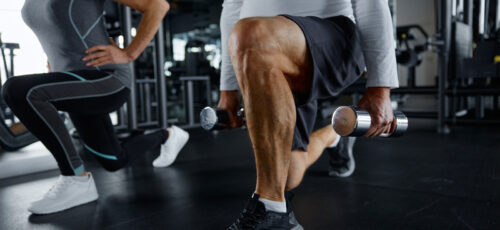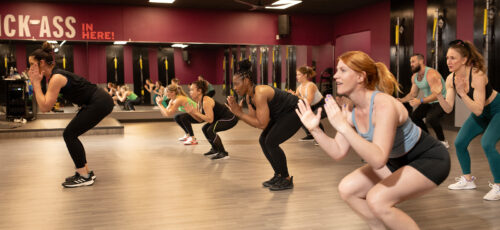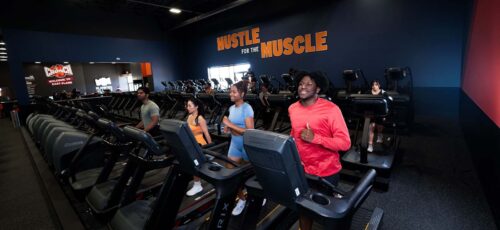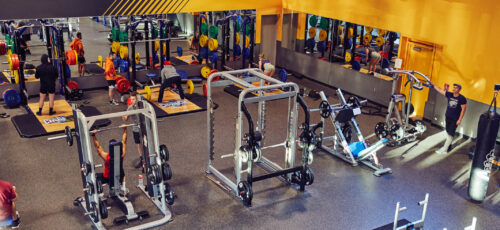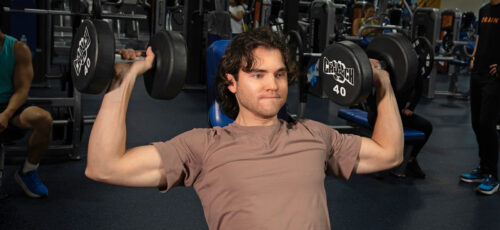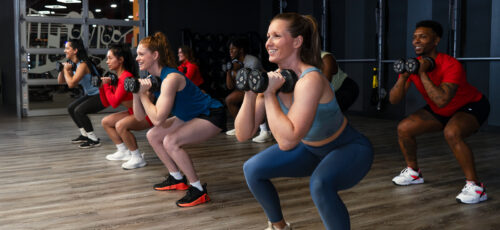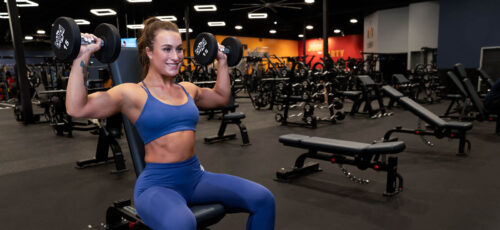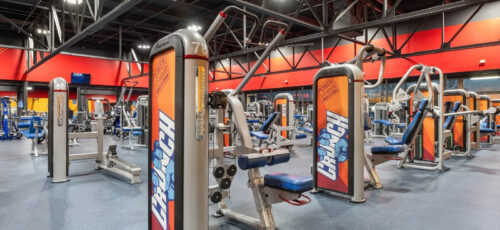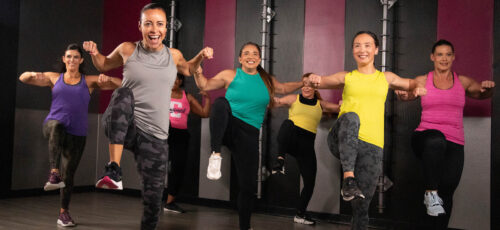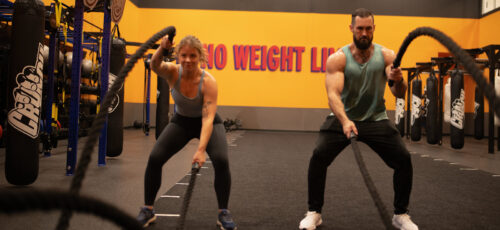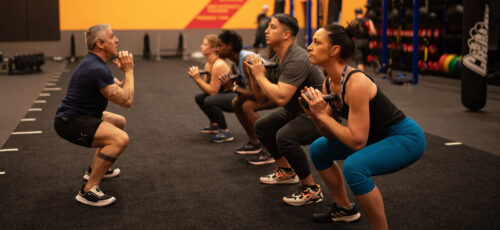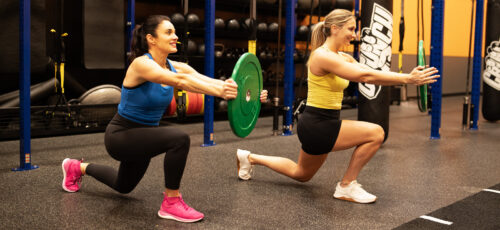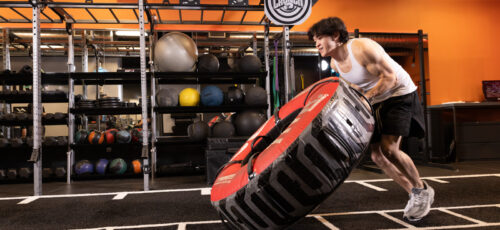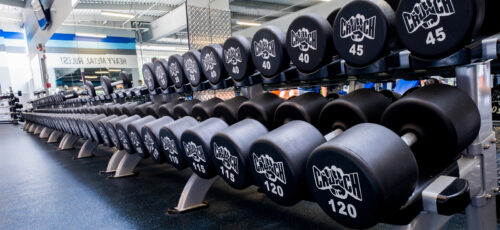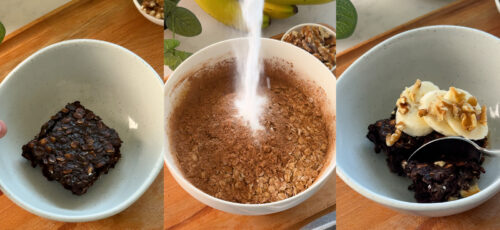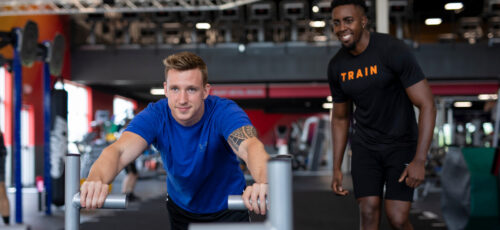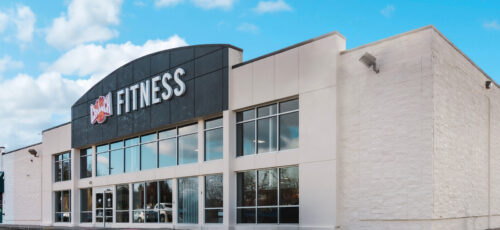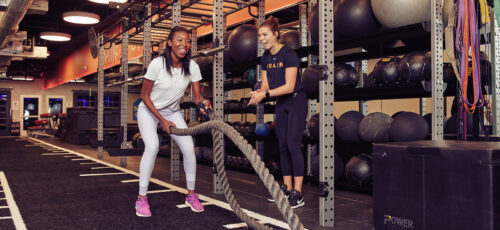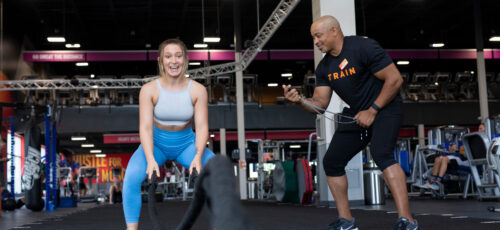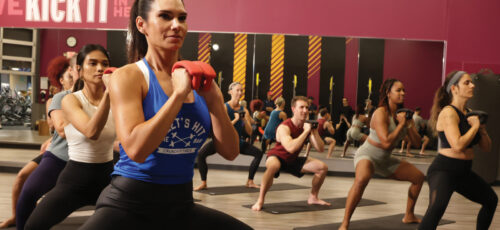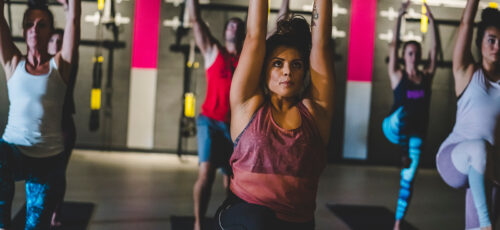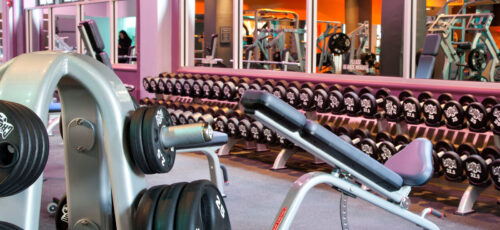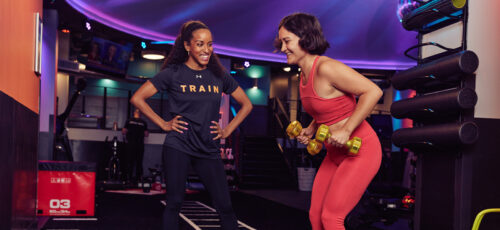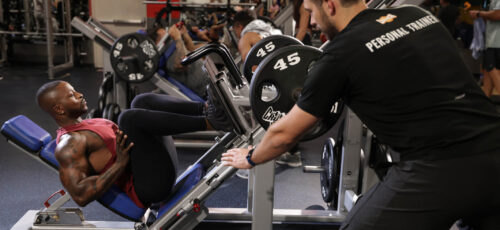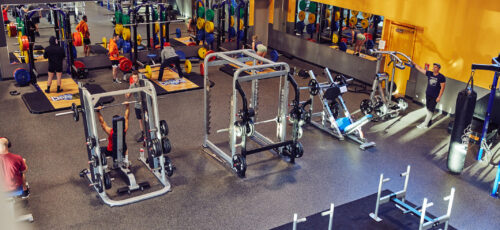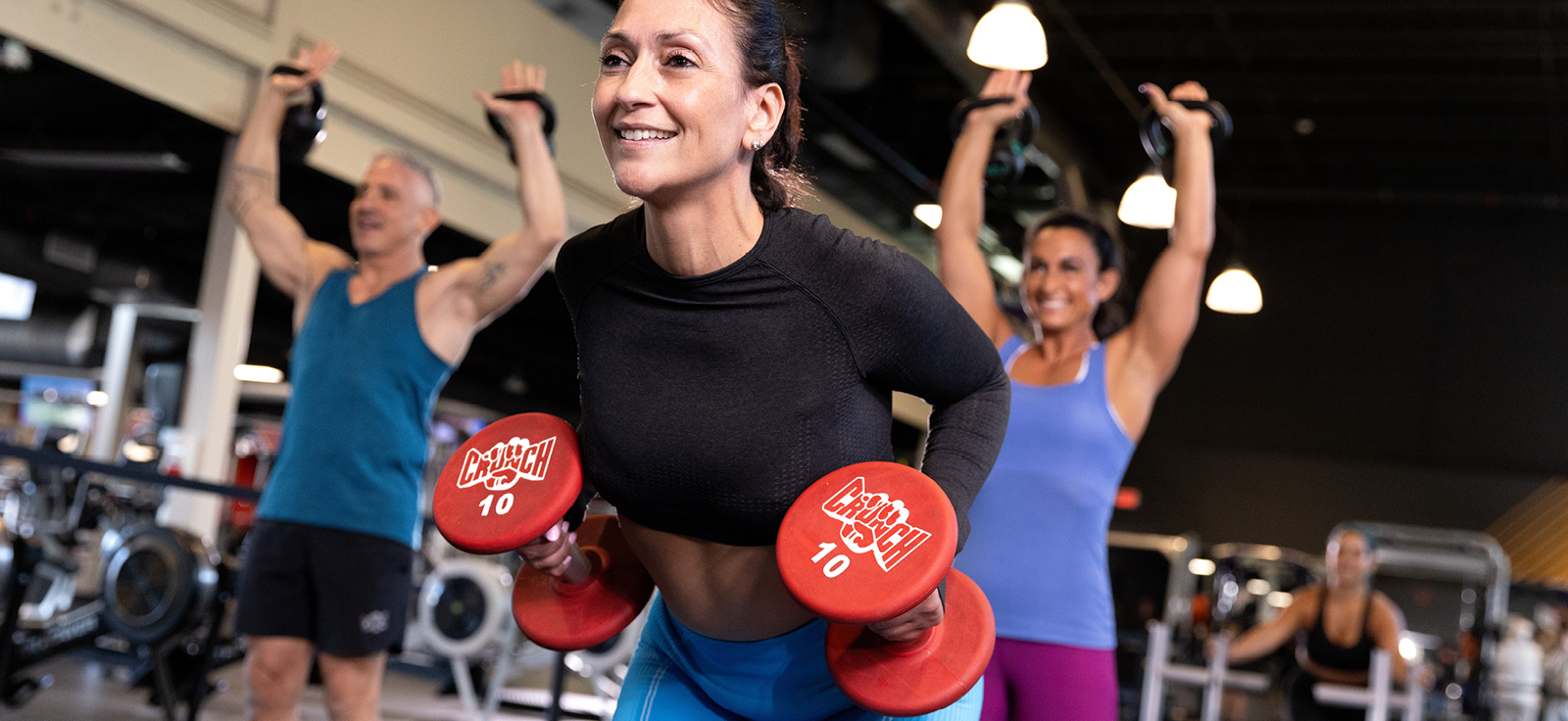
Ever wonder, “Can I do HIIT before strength training?“ You’re not alone! Many gym goers are curious about the best workout sequence to maximize results.
This approach could be a game-changer whether you want to build muscle, burn fat, or shake up your routine.
Let’s dive into what you need to know to maximize your workouts and reach your fitness goals faster!
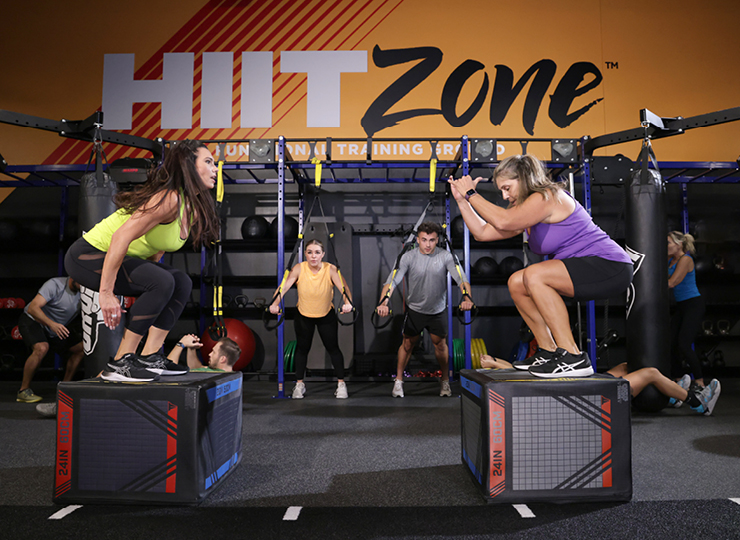
HIIT and Strength Training: Comparison
HIIT Cardio
The average gym-goer has countless workout options, but two stand out for their popularity and effectiveness: HIIT and strength training. Both are excellent for improving overall health, building strength, reducing body fat, and managing weight.
High-Intensity Interval Training (HIIT) involves alternating between short, intense bursts of exercise and periods of recovery or lower intensity. The goal is to spike your heart rate, recover briefly, and repeat. For example, you might sprint 200 meters, jog 200 meters, and repeat this cycle for 10-12 reps.
Examples of HIIT Workouts:
- Sprint Intervals: Running at maximum effort for 30 seconds, followed by 60 seconds of walking or jogging. Repeat for 8-10 rounds.
- Tabata Circuit: 20 seconds of intense exercise (like burpees, jump squats, or push-ups), followed by 10 seconds of rest. Perform eight rounds for a total of 4 minutes per exercise.
- Spin class: Pedal at high intensity for 1 minute, then slow down for 2 minutes of easy cycling. Repeat for 20-25 minutes.
HIIT cardio sessions are practical for burning fat, improving cardiovascular endurance, and enhancing metabolic rate, making it a popular choice for those looking to lose weight or improve overall fitness quickly.
Weight Training
Strength Training is a broad category that focuses on increasing muscle strength or size. It includes lifting weights, resistance bands, bodyweight exercises, and weight machines.
Examples of Strength Training Workouts:
- Compound Lifts: Exercises like squats, deadlifts, and bench presses that work for multiple muscle groups simultaneously. These are the foundation of many strength training programs.
- Bodyweight Exercises: Push-ups, pull-ups, and lunges, which use your body’s weight as resistance to build strength.
- Resistance Band Workouts: Using bands to perform exercises like rows, leg presses, or chest presses, which can be adjusted for different resistance levels.
Strength Training is essential for building muscle, increasing bone density, and improving overall body strength. It’s also a key component in maintaining muscle as you age, which is crucial for long-term health and mobility.
Each workout (HIIT Workout and Weight Training) offers unique body benefits and can be adjusted to fit different fitness levels, allowing for continual progression.
High Intensity Interval Training VS. Weight Training: Which Should You Choose?
The choice between HIIT and Strength Training depends on your individual fitness goals. HIIT might be the better option for burning calories quickly, improving cardiovascular health, and increasing endurance.
On the other hand, if your goal is to build muscle, increase strength, and improve your body response, Strength Training should be your focus.
Many gym goers find combining both workouts into their routine offers the best of both worlds, benefiting cardiovascular conditioning and fiber strengthening.
Benefits of HIIT Workouts
High-intensity diets have become popular due to their numerous health and fitness benefits. Here are some key benefits:
Efficient Calorie Burn
HIIT workouts burn a significant amount of calories in a short period. Studies suggest that HIIT can burn 25-30% more calories than traditional forms of exercise like running or cycling in the same amount of time.
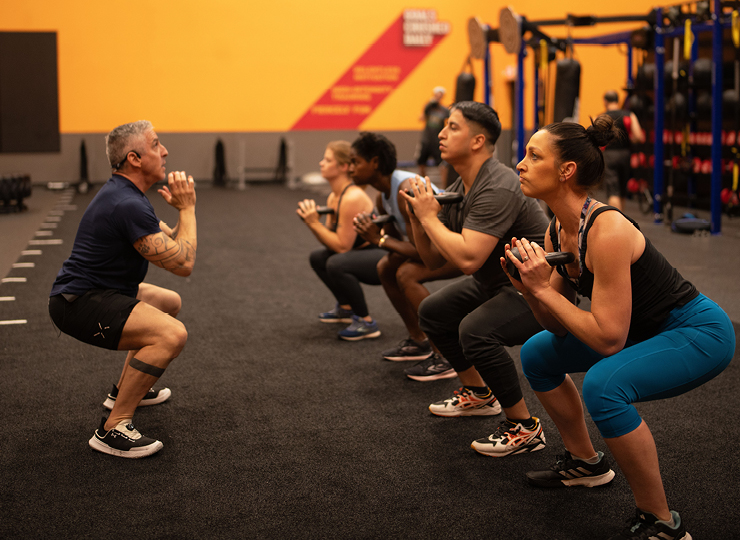
Increased Metabolic Rate
HIIT can elevate your metabolism for hours after the workout. This “afterburn” effect, also known as Excess Post-Exercise Oxygen Consumption (EPOC), means your body continues to burn calories even after exercising.
Improved Cardiovascular Health
HIIT has been shown to improve heart health by reducing blood pressure and blood sugar levels. It also increases VO2 max, which measures the maximum amount of oxygen your body can utilize during intense exercise.
Time Efficiency
HIIT is ideal for people with busy schedules. With sessions often lasting 15-30 minutes, you can achieve significant fitness gains without spending hours in the gym.
Lose Fat
HIIT is particularly effective at burning fat while preserving fibers, making it an excellent option for those looking to lose mass.
Improved Insulin Sensitivity
HIIT has been found to increase insulin sensitivity, which can help manage and prevent type 2 diabetes.
Benefits of Strength Training
Strength Training is a cornerstone of fitness for those looking to build muscle, enhance strength, and improve overall health. Here are some key benefits:
Increased Strength
Regular strength training leads to hypertrophy (muscle growth) and increased strength. This helps improve overall physical performance and makes daily activities easier.
Enhanced Bone Density
Strength training increases bone density, which reduces the risk of osteoporosis and fractures, especially at one age.
Better Body Composition
Strength training helps reduce body fat and increase lean muscle mass, improving body composition and metabolism.
Improved Mental Health
Regular strength training has been linked to reduced symptoms of anxiety and depression. It can also boost self-esteem and cognitive function.
Joint Health and Stability
Strength training strengthens the muscles around your joints, providing better support and reducing the risk of injury.
Long-Term Weight Management
Muscle mass is crucial to your resting metabolic rate (RMR). The more musculature you have, the more calories your body burns at rest, which can aid in long-term weight management.
Enhanced Athletic Performance
Strength training improves power, speed, and endurance, benefiting athletes across various sports.
Why HIIT Before Strength?: Studies
A 2020 study published in the Journal of Exercise Science and Fitness revealed impressive results from sequencing a HIIT session before a strength workout.
Researchers tested men aged 20 to 30, first having them do interval HIIT sprints followed by weight lifting, and then reversing the order—weights first, followed by HIIT.
Traditionally, lifting weights at the start of a workout is recommended to maximize strength with fresh muscles.
However, the study found that performing HIIT before strength resulted in higher energy expenditure and greater post-exercise oxygen consumption, indicating a more challenging workout during and after the session.
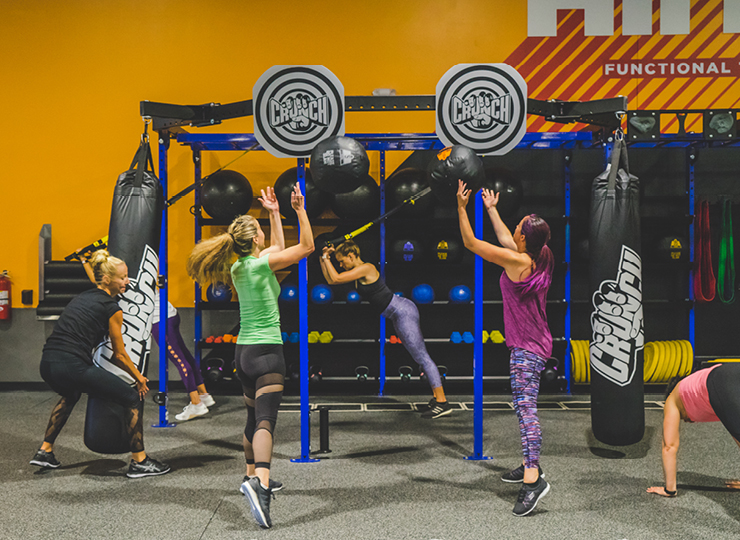
Contrary to conventional gym wisdom, it was once suggested that cardio could hinder muscle gains and that building muscle might compromise cardiovascular performance.
Studies have shown that cardiovascular exercise supports muscle growth and that increased musculature can enhance cardiovascular performance.
For example, another study published in the Journal of Gerontology found that long-term aerobic exercise is linked to greater muscle strength throughout life.
Nowadays, top endurance athletes—runners, swimmers, and cyclists—are frequently seen in the weight room, as lifting weights has been shown to improve VO2 max, according to research from the University of Oklahoma.
Similarly, even the strongest powerlifters and bodybuilders incorporate cardio into their routines, whether walking on the treadmill or other low-impact activities.
Deciding Between Cardio Before or After Weights
If you asked a group of personal trainers about the most common questions they get, one would likely top the list: Should I do lifting or cardio first during a workout?
It’s a complex question, and the best answer depends on various factors, including your fitness level, workout experience, goals, and the amount of time you have to exercise daily.
However, it’s important to note that this isn’t an either-or situation. There are ways to combine strength and cardio, like high-intensity interval or circuit training.
But if you aim to separate cardio and strength training within the same day and you’re looking for general advice, here it is: Most trainers recommend lifting weights first, followed by cardio.
What If Your Goal Is to Improve Cardiovascular Endurance?
Another side to consider: If you do weight lifting before cardio, won’t that affect your aerobic performance? The answer is yes.
Research indicates that you might experience reduced power, speed, and stamina if you lift first, which is a solid reason to consider doing strength training and cardio on separate days.
However, lifting before cardio is unlikely to significantly increase your injury risk, which is crucial to consider when planning your workouts.
Ideally, schedule your aerobic and weight training sessions on different days to optimize each. But if you must do both on the same day, it’s generally better to lift weights first.
Ready to Get Started?
Unlike other gyms, Crunch Fitness considers group fitness a core component of its culture. Because of that, we want as many members as possible to experience our classes’ benefits, supportive community, and undeniable energy.
For Base plan members, try out our no-strings-attached trial class pass. In addition to free fitness training, you’ll meet new people who share your goals, learn enjoyable new workouts, and supercharge your fitness efforts.
After your trial, if you decide that group fitness is something you want in your routine, consider upgrading to our Peak Results package, which offers unlimited classes at a competitive monthly rate.
Join Us!
Crunch’s Group Fitness promotes a culture of positivity, inclusivity, and fun with no judgments by providing an environment for all individuals regardless of their health and fitness goals. Find a Crunch gym near you to try our free trial membership, or join Crunch now. We’re here for you – at the gym or at home. Access the best live & on-demand workouts anytime, anywhere with Crunch+. Ready to get sweaty? Try hundreds of workouts for free! Start your free trial now!











